Climate change is complicated, water resources are increasingly scarce, causing some traditional crops in Ia Pa district such as wet rice to no longer bring high economic efficiency. Faced with that reality, in January 2025, the District Agricultural Service Center coordinated with the People's Committee of Ia Trok commune to deploy the model "Applying scientific and technical advances, converting ineffective rice-growing land to peanut cultivation".
The model was deployed on an area of 7 hectares with the participation of 7 households in Plei Rngol village. The households were supported with seeds, agricultural materials, and technical guidance with a total cost of over 204 million VND from the economic career capital; at the same time, labor costs were matched and the sprinkler irrigation system was invested in. After nearly 4 months of implementation, the model has brought about clear results.

Hiring 5 workers to harvest 8 sao of peanuts for her family, Ms. Hoang Thi Xuan Lau shared: Previously, her family had experimented with many types of crops such as rice, wheat, and corn on this land but the economic efficiency was not high.
In early 2025, when the District Agricultural Service Center implemented a peanut growing model, I registered to participate. Compared to previous crops, peanuts have many advantages such as being easy to grow, easy to care for, quick to harvest, low investment capital, especially drought-resistant and suitable for sandy soil. The germination rate of peanut seeds is 99%, and there are no harmful pests or diseases.
“I was very surprised when I planted 8 sao and harvested 8 tons of fresh peanuts. Traders paid a deposit to buy in advance at 17,000 VND/kg. After deducting expenses, my family made a profit of nearly 80 million VND. Next crop, I plan to double the area,” said Ms. Lau.
Participating in the model with an area of 1.7 hectares, Mr. Dang Duc Hoang excitedly said: Peanuts are not too strange to local farmers. However, in previous years, due to the use of poor quality varieties and the care process that applied little science and technology, the efficiency was not high.
When participating in the model, we were enthusiastically guided by the technical staff of the District Agricultural Service Center, advised on the use of seed sowing machines, and installed an energy-saving irrigation system, resulting in outstanding productivity and profits.
“Previously, the yield was only 5 tons/ha, but this year it reached 10 tons/ha. The profit has also increased to 100 million VND/ha, 3 times higher than growing rice. In addition, my family also uses peanut stalks as feed for cows,” Mr. Hoang said excitedly.
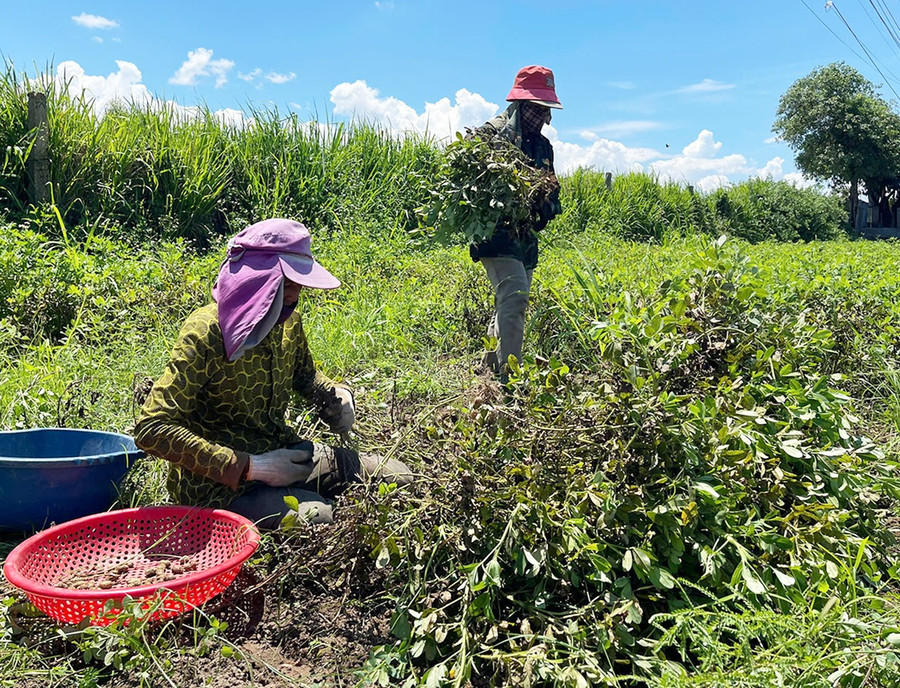
According to Mr. Rcom Dzuy - Vice Chairman of Ia Trok Commune People's Committee: Traditional farming methods overuse fertilizers and pesticides, causing soil to become infertile and crop yields to decrease. Now, by participating in the model "Applying scientific and technological advances, converting ineffective rice-growing land to peanut cultivation" implemented by the District Agricultural Service Center, people have learned to apply machinery and science and technology to production.
This saves water, agricultural materials and increases crop productivity. In addition, peanut stems and leaves after harvest leave a significant amount of humus, contributing to soil improvement, making it easier for people to reproduce the next crop. This is a promising direction for local farmers.

Talking to reporters, Mr. Pham Van Hoang - Deputy Director of the District Agricultural Service Center - informed: Every year, the district converts more than 3,000 hectares of ineffective crops to other crops such as tobacco, sweet potatoes, watermelons...
In particular, the model of "Applying scientific and technical advances, converting ineffective rice-growing land to peanut cultivation" in Ia Trok commune has brought about efficiency in all three aspects: economy, society and environment. With an average yield of 8-10 tons/ha, selling price of 16,000-17,000 VND/kg, each hectare of peanuts brings a profit of about 80-100 million VND, 2-3 times higher than traditional crops such as rice, corn, and cassava.
“In addition to harvesting seeds, farmers also use peanut stems and leaves as feed for cows and goats. Due to their high nitrogen fixation ability, the roots leave a large amount of fertilizer in the soil after harvest, contributing to soil improvement and reducing fertilizer costs for the next crop. Most importantly, the model has helped people access new techniques, improving their farming skills from land preparation to sowing and care.
From the initial success of the model, the Center has proposed to continue to replicate the model in the following seasons. The goal is to build a specialized peanut growing area, attracting businesses to cooperate in production with the people" - Deputy Director of the District Service Center said.
Source: https://baogialai.com.vn/nong-dan-ia-trok-thu-nhap-cao-tu-cay-dau-phong-post324817.html


![[Photo] General Secretary To Lam works with the Central Policy and Strategy Committee](https://vphoto.vietnam.vn/thumb/1200x675/vietnam/resource/IMAGE/2025/5/28/7b31a656d8a148d4b7e7ca66463a6894)
![[Photo] Vietnamese and Hungarian leaders attend the opening of the exhibition by photographer Bozoky Dezso](https://vphoto.vietnam.vn/thumb/1200x675/vietnam/resource/IMAGE/2025/5/28/b478be84f13042aebc74e077c4756e4b)


![[Photo] 12th grade students say goodbye at the closing ceremony, preparing to embark on a new journey](https://vphoto.vietnam.vn/thumb/1200x675/vietnam/resource/IMAGE/2025/5/28/42ac3d300d214e7b8db4a03feeed3f6a)
![[Photo] Prime Minister Pham Minh Chinh receives a bipartisan delegation of US House of Representatives](https://vphoto.vietnam.vn/thumb/1200x675/vietnam/resource/IMAGE/2025/5/28/468e61546b664d3f98dc75f6a3c2c880)
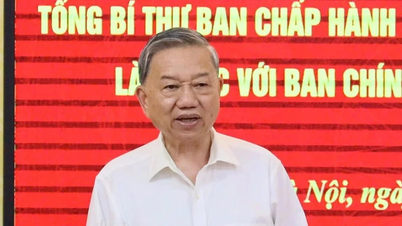

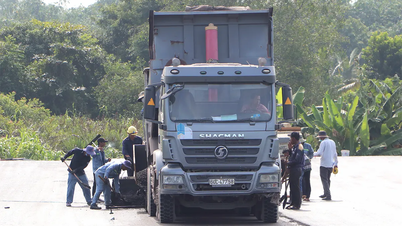


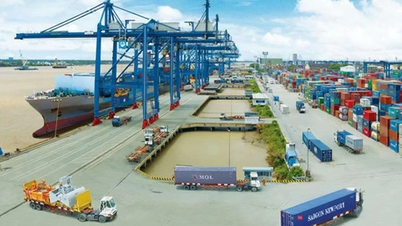
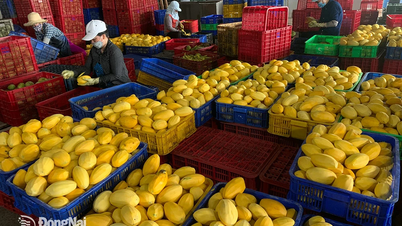




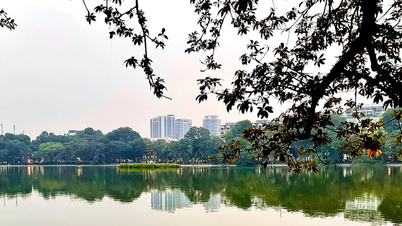
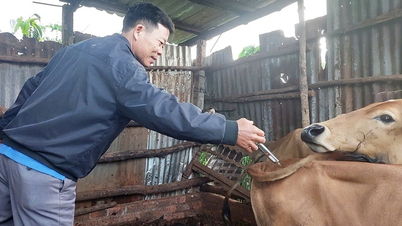
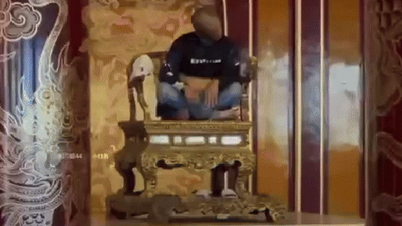
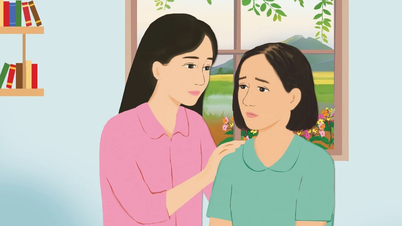
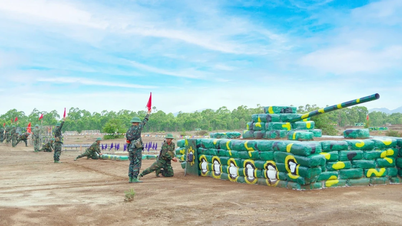
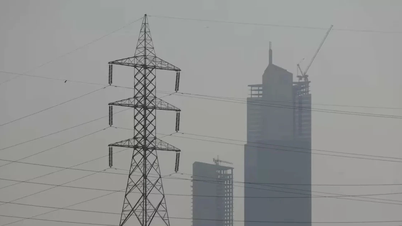


















































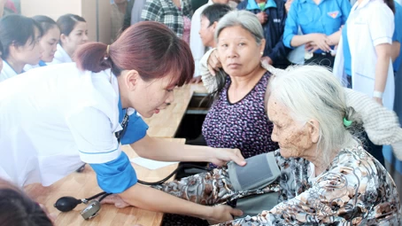








Comment (0)